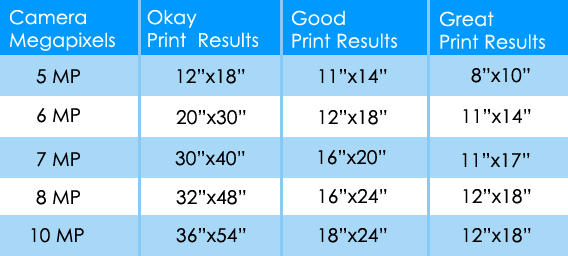

Reading it, the contrast value in the MTF chart reduces dependent on spatial frequency and depending on the color.
There are detailed specification data available for the resolution of this film stock, and we can find MTF charts in the technical specifications. One of the best analog film stocks used in many motion picture productions was the Kodak Vision 3. No one is questioning we need this kind of proper sampling (up to 48 kHz) or Oversampling (up to 192 kHz) in the world of audio, so why are so many people questioning it in the world of video? In the world of motion picture or video, though, it is even more challenging because of the ability to appear for the quantization in multiple directions (x- and y-axis and diagonal directions). In the world of audio, we use sampling frequencies like 44.1 kHz, 48 kHz, 96kHz or even 192 kHz for a signal that should reproduce up to 20kHz -the limit of what we can hear- accurately. As an example of how important this kind of proper sampling is, we can think about audio sampling frequencies. Those are the Nyquist-Shannon theorem or geometric challenges like curves or edges close to the horizontal or vertical axis. Those errors appear if we don't take important factors into account.
Otherwise, we will face spatial quantization errors. In order to reproduce any given analog spatial resolution, we need to have a digital spatial resolution (sampling frequency) that is significantly higher.


 0 kommentar(er)
0 kommentar(er)
